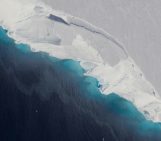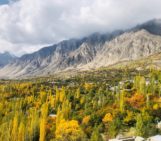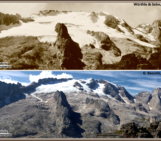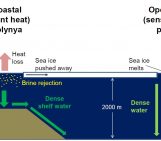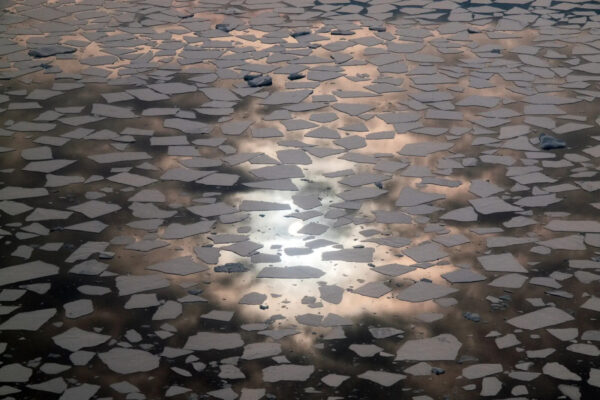
On this September 13th, coinciding to be a “Friday 13th”, we wanted to scan the cryo-history for expeditions started, sunken ships that day, and mountain myths. And we did find that. But as autumn approaches in the Northern hemisphere, the spookiest story of all was this one: the unlucky timing of the Arctic sea ice in September.
TGIF – but not for sea ice
Although the median minimum Arctic sea ice extent is on September 14th, a few times in the last decades, the minimum extent occurred on September 13th (last in 2017, 2013, 2009) and in 2013, that sea ice minimum occurred it was on the unlucky Friday 13th – will it be that today again? And more importantly, how much sea ice is still there in boreal summer and how fast is it changing?
How much ice is there still?
The summer extent of Arctic sea ice is a key climate change topic (find a summary e.g. in this post) – not only for commercial future marine transport plans, but also because of the loss of an entire ecosystem, increased coastal erosion and more. Last September, the sea ice spanned 4.37 million km2. That is an area smaller than half of Europe (10.2 million km2).
And the sea ice area is shrinking fast right?
Yes, very much so… The September sea ice area has decreased by 45.8% from 1979 to 2022 (NERSC Arctic Sea Ice Observing System). The annual loss is about 78,500 km2, which is equivalent to losing the size of the country of Austria.
Then, why is it shrinking faster?
While we have covered the various complex processes in our blog (feel free to roam about the #seaice on the EGU CR blog), some of the main accelerating factors are:
- the change in albedo: the bright sea ice giving way to the exposed dark water leads to more heat absorption which further feeds into the Arctic warming – and leads to the second problem:
- With a warmer sea underneath the ice, as well as warming ambient air temperatures, the Arctic sea ice area is not just decreasing, but also thinning. And as the thicker multiyear ice melts, thinner new sea ice rather melts completely over summer and is less stable (Moon et al., 2019).
Is there hope in September (in Antarctica)?
On such a sinister day, of course we would like to end on a positive note. And while historically, Antarctic sea ice extent should be less impacted and reaching a generous amount by now, recent years have shown a southern decrease as well (read a great post on Antarctic sea ice here).
So, in the meanwhile all we can do, is enjoy the colours of the Arctic sea ice while it lasts, and watch the Arctic sea ice extent live (https://earth.gsfc.nasa.gov/cryo/data/current-state-sea-ice-cover) with the hope for not yet another record low.
Written and edited by Loeka Jongejans & Maria Scheel

